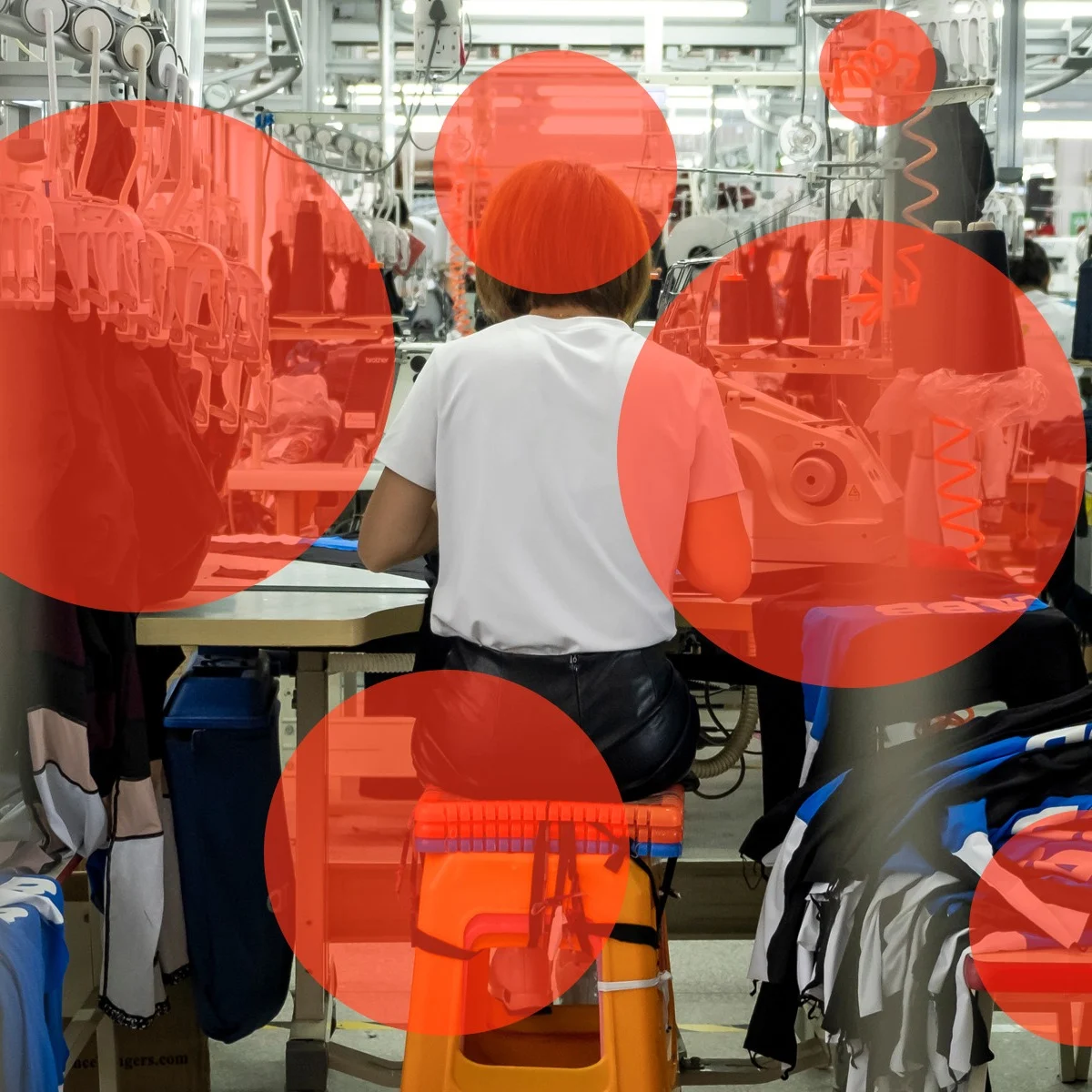Companies are often eager to land the big fish—a massive order that will boost production and revenue. Yet firms might not understand the costs of serving a large buyer, says Jorge Tamayo, an assistant professor at Harvard Business School.
“We know very little about how the firm needs to adjust internally when they are working with a buyer that is so large, and the [firm] cannot fail [in delivering on the order],” he says.
Examining worker-level productivity data from a large readymade garment manufacturer, with 50 factories and over 100,000 employees in India, Tamayo and his fellow researchers found that when the company received a large order, managers regularly shifted the most talented workers to the slowest production lines in an attempt to keep up with demand.
There is a tension between keeping up productivity and retaining these large clients you can’t afford to lose.
While doing so ensured no single production line fell too far behind, separating the best workers from the managers who kept their lines running smoothly caused overall productivity to drop significantly.
“These moves, driven by larger orders, come at a cost to the company,” Tamayo says. “There is a tension between keeping up productivity and retaining these large clients you can’t afford to lose.”
The findings, which come as productivity has dipped in recent years in the United States, could have implications for how many industries, including retail and software production, assign workers to projects to maximize productivity, Tamayo says. However, he says, “few companies are paying attention to this.”
Tamayo’s paper, “No Line Left Behind: Assortative Matching Inside the Firm,” is forthcoming in the Review of Economics and Statistics. He cowrote the research with Achyuta Adhvaryu, a professor at the University of California-San Diego; Vittorio Bassi, a professor at the University of Southern California; and Anant Nyshadham, a professor at the University of Michigan.
Shifting the best workers reduces productivity
Tamayo and his colleagues accessed hour-by-hour data on more than 20,000 workers assigned to more than 120 production lines in six factories between 2013 and 2016. The team then correlated these figures with order data for more than 100 international buyers, both large and small.
The research team surveyed all 80 managers in the six factories to learn more about how they allocate workers to handle orders. “As soon as you mention the name of a big buyer, they become concerned about how to manage a large order,” Tamayo says. The team found:
- <50%Managers who said they were “very worried” about potential firm losses if they fell behind on orders.
- 91%Managers who said they would move workers to different lines to speed up the work.
- 97%Managers who said they would move the fastest workers to the slowest lines to keep the work flowing.
Have feedback for us?
No Line Left Behind: Assortative Matching Inside the Firm
Adhvaryu, Achyuta, Vittorio Bassi, Anant Nyshadham, and Jorge Tamayo. "No Line Left Behind: Assortative Matching Inside the Firm." Review of Economics and Statistics (forthcoming). (Pre-published online October 29, 2024.)


